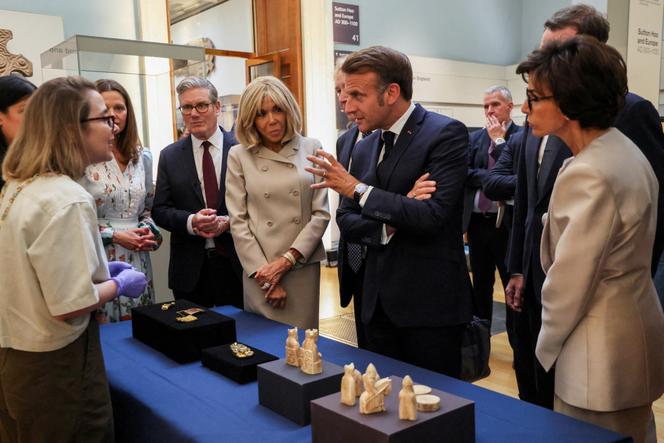


French President Emmanuel Macron's confirmation that the Bayeux Tapestry would be lent to the British Museum from September 2026 to June 2027 was the centerpiece of his state visit to the United Kingdom in July. On the French side, the decision reignited controversy among experts and restorers, most of whom consider the nearly 1,000-year-old masterpiece too fragile to travel. The tapestry depicts the Battle of Hastings (October 14, 1066), during which William, Duke of Normandy, defeated Harold Godwinson, the last Anglo-Saxon king of England.
"I'm not against the loan of cultural artefacts and I have always liked the UK (...) But this is a purely political decision," Didier Rykner, founder of the online magazine La Tribune de l'art, told The Guardian. Rykner's petition against the loan has surpassed 72,000 signatures as of mid-September. Is Macron's decision, then, nothing more than a fait du prince from a president fascinated by symbolism?
In any case, it is a highly significant diplomatic gesture. "This is the first time this national treasure will leave French soil. It marks an unprecedented cultural partnership between our two countries − a powerful symbol of our entente amicale," Macron said on July 9 from the British Museum. Prime Minister Keir Starmer − struggling in the polls and enjoying a rare moment of positive press − was delighted, calling the French initiative "brilliant (...) Everybody is walking around here with a smile on their face." The tapestry and the objects from the Anglo-Saxon burial site at Sutton Hoo (which will be loaned to France in exchange) "show us how connected our countries have always been," Starmer added.
You have 68.9% of this article left to read. The rest is for subscribers only.
